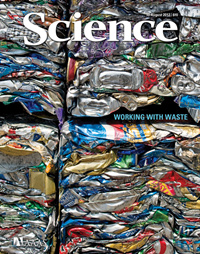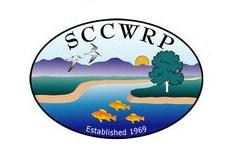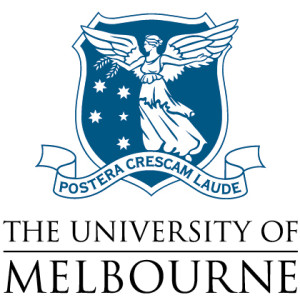| Global climate change and population growth demand creative, low-energy, multi-disciplinary, and multi-benefit approaches to sustaining water resources. This National Science Foundation funded Partnerships for International Research and Education (NSF-PIRE) project will catalyze, through research and education, the development and deployment of low-energy options (LEOs) for improving water productivity while protecting human and ecosystem health. The project links five different universities in two water-stressed regions of the world (southwest U.S. and southeast Australia). Our Australian partners are world leaders in these topics, as evidenced by the world’s first distributed application of these technologies in an urban catchment (Little Stringybark Creek), a university-industry Cooperative Research Center on water sensitive urban design valued at $117M, the world’s largest Wastewater Stabilization Pond, and a world-class facility for visualizing interfacial momentum and mass transport. By facilitating joint research and knowledge sharing, the PIRE will accelerate education and training in this critical area of water sustainability, and diffuse knowledge about sustainability options to U.S. middle-school and high-school students, undergraduate STEM majors, graduate students, post-doctoral researchers, and practitioners. Read more… | ||||
|
VIDEO HIGHLIGHTS
|
FEATURED ARTICLES
|
MEET THE RESEARCHERS
|
||
 |
|
|||
|
Water PIRE Researchers [more…]
|
||||






